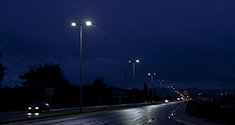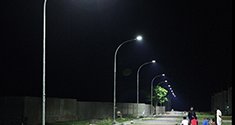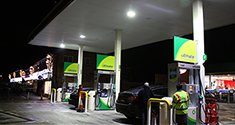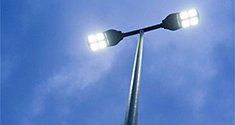What is LM-79, LM-80 and TM-21?
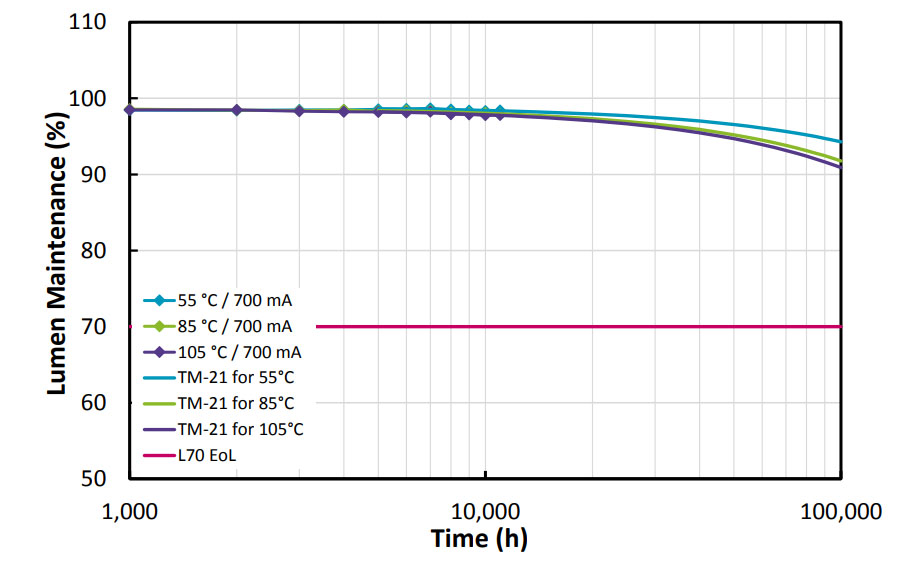
LM-79, LM-80 and TM-21 are standardized documents that list recommendations on the assessment of maintenance of the luminous flux for LED-based lighting. What differentiates one Lumen Maintenance from the other? How can these documents impact your lighting choices?
In 2008, the Illuminating Engineering Society of North America (IES) published LM-79-08, Approved Method for the Electrical and Photometric Measurements of Solid-State Lighting Products.
LM-79 is an approved process that measures the electrical and photometric properties of LED products. This process includes luminous flux, electrical power, efficiency, chromaticity as well as the diffusion of luminous intensity. Results of all five metric measurements displayed on a lighting product label originate from test results based on the LM-79 record.
LM-80 refers to a method for measuring the lumen depreciation of solid‐state light sources, such as LED packages, modules, and arrays. Before the advent of LM-80, LED component manufacturers each reported lumen maintenance data using their own disparate and varied systems.
To avoid customer confusion, members of the Illuminating Engineering Society (IES), came together to create a standard methodology that would allow customers to evaluate and compare the lumen maintenance of LED components from different companies. LM-80 was born.
• It was developed by the Illuminating Engineering Society of North America (IESNA), to allow people the ability to evaluate and compare the lumen maintenance of LED components from different companies.
• It is typically a 6000hr test (can be 10,000hrs) that shows depreciation and chromaticity shift over the period at particular operating temperatures 55 degrees, 85 degrees, and a third manufacturer defined temperature, say 105 degrees.
TM-21 is the Illuminating Engineering Society of North America (IESNA) approved method for taking LM-80 data and making useful LED lifetime projections. It proves a recommendation for projecting long term lumen maintenance of LED light sources using LM-80-08 lumen maintenance data. The standards apply to lifetime projection of LED package, array or module alone. The results can then be used to interpolate the lifetime of an LED source within a system (luminaire or integrated lamp) using the In-SITU LED source case temperature.
L70 is a lifetime measurement criteria developed by IESNA (Illuminating Engineering Society of North America) to evaluate the useful lifetime of an LED luminaire in terms of the expected number of operating hours until the light output has diminished to 70% of initial levels. or when the lumen output is 70% of its initial output.
As LEDs do not fail and “burn out” like other light sources; instead, they gradually decrease over time until they are no longer producing useful light. It is generally established that the human eye is only sensitive to lumen depreciation of 30% or more. Therefore, L70 lifetime is defined by Illuminating Engineering Society Standard LM-80-08, entitled “IES Approved Method for Measuring Lumen Maintenance of LED Light Sources.
L70 lifetime is dependent upon many variables, such as the operating temperature, drive current, and the technology and materials used to construct the products.
Do you have a better understanding of LM-79, LM-80 and TM21 now?
Watt solid state lighting use top brand LEDs in our LED luminaires , we provide full test reports of LM-79-08 , LM-80 and TM-21 to our customers , want to know more of our products , please contact us !

